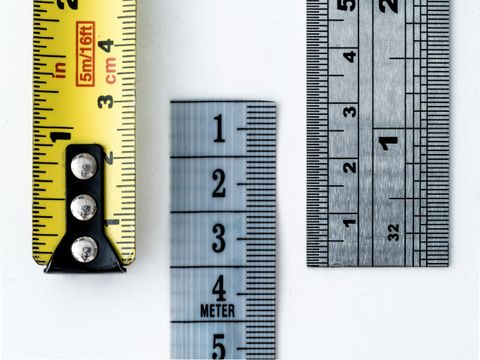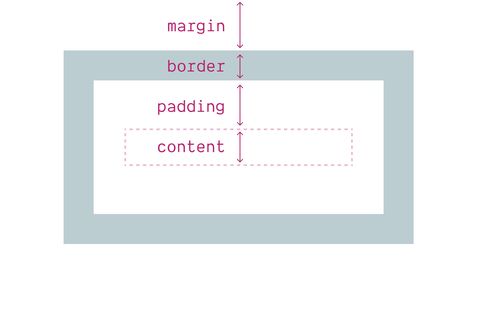Last night we released the very first alpha build of Susy Next.
This release is extremely sparse. What we have built is a background
‘engine’ for calculating grid math. There are some rough first steps
towards api and syntax, but they are more “proof of concept”
experimentation than usable interface.
There is no documentation, no tutorials, barely any user-facing activity
to speak of. You can get some sense of things from the test/
directory, but even that is un-explained.
Feel free to pull it apart, hack on it, and let us know what you think.
We still have a long way to go, but we’re very excited about the power
and flexibility this engine has to offer.
Check out the susy-next tag on GitHub.



